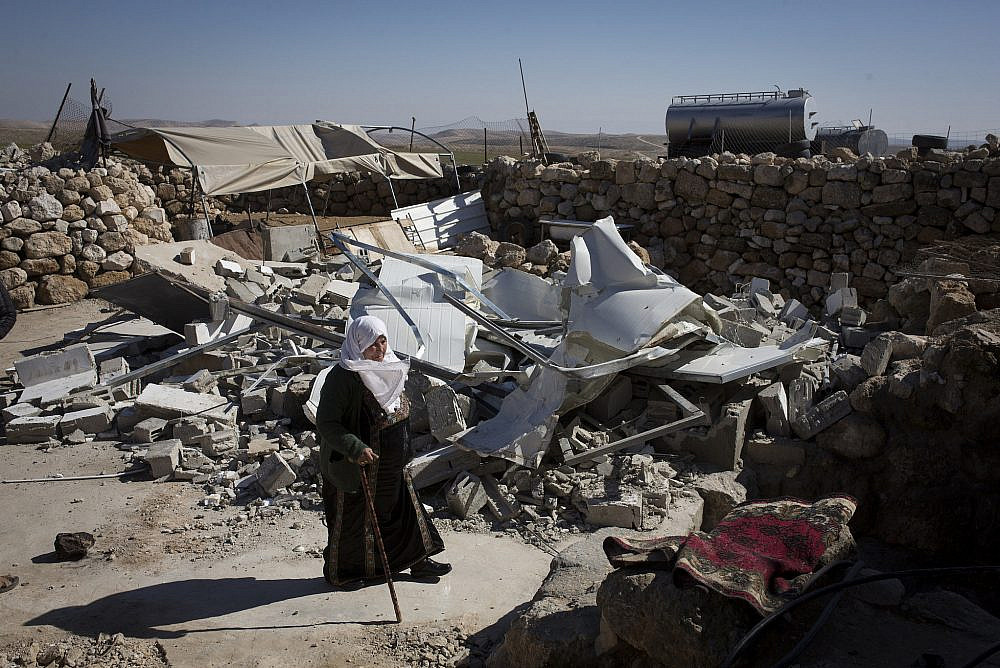What is Masafer Yatta?
Masafer Yatta is a rural area in the occupied West Bank, in the region of the South Hebron Hills. Situated in “Area C,” it is under full Israeli military and civil control. There are 20 small Palestinian villages in this area, with ancient cave structures built into the rock alongside newer homes built in recent decades as the communities have grown.
Why is it in the news at the moment?
On March 15, Israel’s Supreme Court will hold a decisive hearing that could determine the future of eight of those 20 Palestinian communities residing in Masafer Yatta. Over 1,000 Palestinians living in what Israel calls “Firing Zone 918” face the threat of expulsion, in what would constitute one of the largest single displacements of Palestinians in decades.
Should the court approve the expulsion of these eight communities, it would serve as a major legal precedent for ruling on other cases where Palestinian communities live in firing zones across the West Bank.
Hold on, what’s a firing zone?
Since the 1970s, Israel has designated some 18 percent of the occupied West Bank as firing zones for military training, inside which the army completely prohibits civilian presence. Nearly 40 Palestinian herding communities, including in Masafer Yatta, lie within these zones, with a combined population of over 6,200. Many of the Palestinian hamlets existed in these areas prior to the military closures.
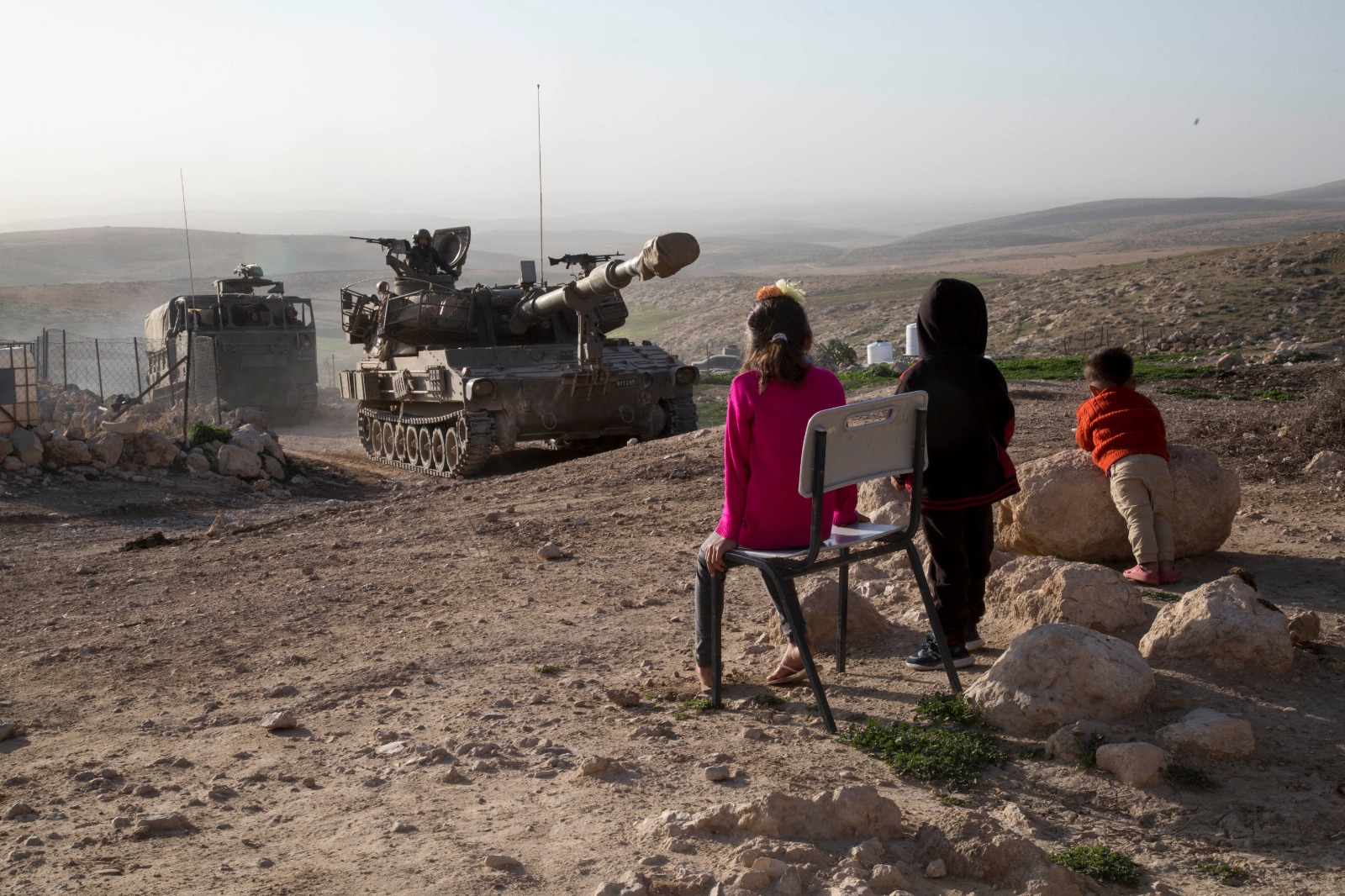
Israeli authorities have threatened these communities with demolitions of their homes and destruction of their agricultural livelihood on the grounds that they lack building permits, which are effectively impossible to obtain. Some of the Palestinian families have been repeatedly displaced for short periods of time to make room for military training.
So what’s Firing Zone 918?
Starting in the early 1980s, Israel declared a new military training zone in the area of Masafer Yatta, spanning 3,000 hectares (30,000 dunams) within which 12 Palestinian villages are located: Jinbeh, Al-Mirkez, Al-Halaweh, Halat a-Dab’a, Al-Fakheit, A-Tabban, Al-Majaz, A-Sfai, Megheir Al-Abeid, Mufagara, A-Tuba, and Sarura.
The decision to allocate this land to the army was made by then-Agriculture Minister Ariel Sharon with the explicit intention of transferring the Palestinian communities from the area. During a July 1981 meeting of the Ministerial Committee for Settlement Affairs, Sharon (who would later become Israel’s prime minister) argued that, due to “the expansion of the Arab villagers from the hills,” Israel had “an interest in expanding and enlarging the shooting zones there, in order to keep these areas, which are so vital, in our hands.”
Have there already been expulsions in Masafer Yatta?
For several years after the firing zone was declared, life didn’t change much for the Palestinian residents of Masafer Yatta. Then, in 1999, the Israeli army expelled some 700 residents on the grounds that they were “illegally living in a firing zone” and were not actually permanent residents of the area. In response to an appeal by the Association for Civil Rights in Israel (ACRI), the Supreme Court issued an interim injunction according to which the residents were allowed to return to their villages until a final decision is made by the court.
Have there been any developments since then?
The court’s interim injunction has more or less remained the status quo in Masafer Yatta for the past two decades. Multiple court hearings have been held during that time, and the state has maintained its position in favor of expelling the Palestinian residents by continuing to argue that they were not permanent residents in the area when the firing zone was declared, and therefore have no rights to the land.
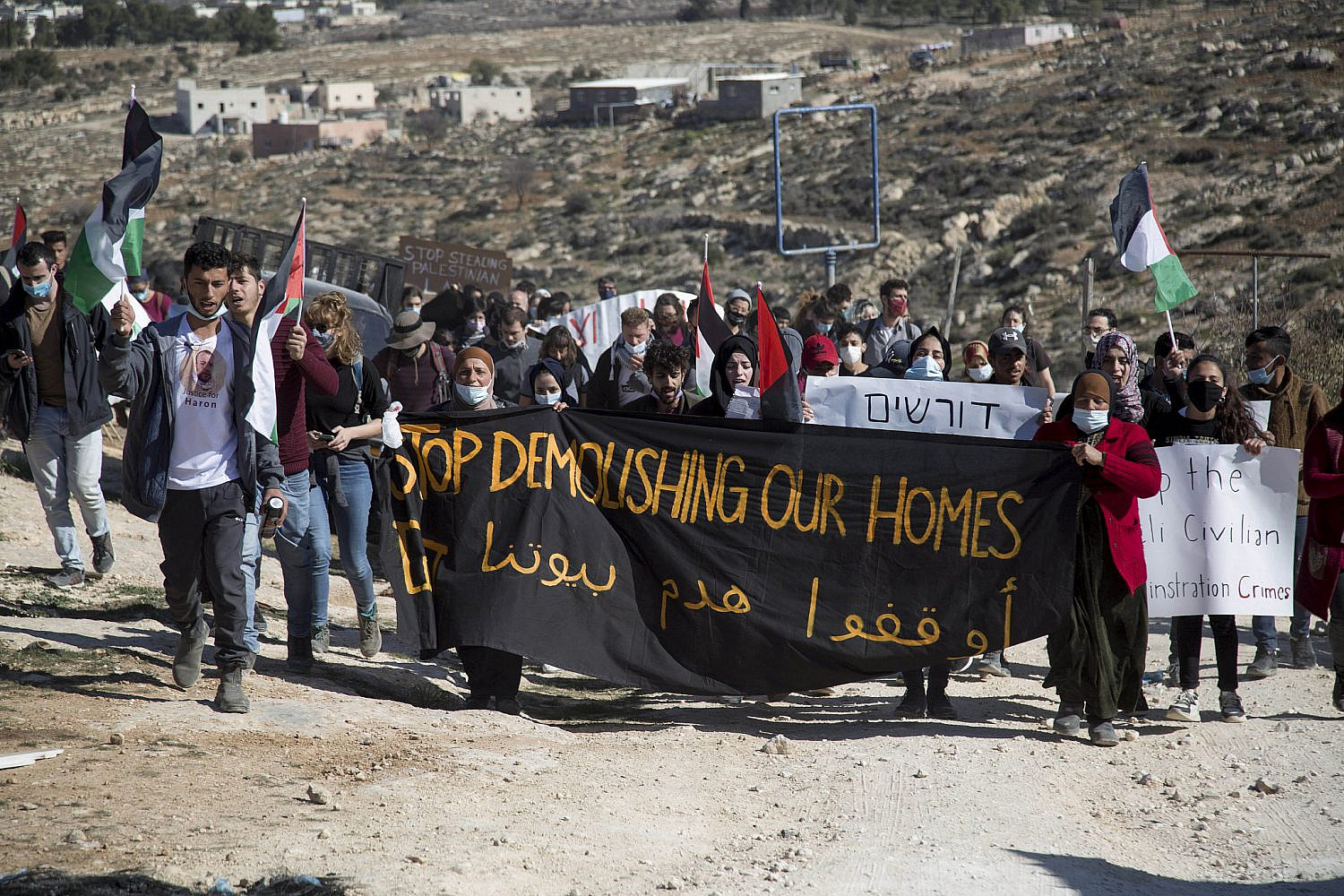
In 2012, Israel sent an updated stance to the court, saying it plans to expel eight out of the 12 villages from the firing zone. Residents of these eight villages, located in the southern part of the firing zone, are at risk of forced expulsion in the upcoming court case.
The state’s continued attempts to expel the villagers have included offering a so-called “compromise” that would have allowed the villagers to work the land inside the firing zone only on weekends, Jewish holidays, and in two non-consecutive months per year. The residents rejected these proposals, saying it would limit their ability to subsist from farming and shepherding to the extent that it would be impossible for them to maintain their livelihood.
Is what Israel is trying to do legal?
No, for multiple reasons. According to international law, and as detailed in treaties to which Israel is party, it is illegal to use occupied territory for a purpose that serves only the occupier and not the occupied population. In addition, international law prohibits the forcible transfer of the occupied population.
The state has further claimed that one reason it needs the land in Masafer Yatta is to train soldiers for a possible war in Lebanon. But here, international law stipulates that such military use of occupied land can only be for the direct management or security needs of the occupied territory itself, making Israel’s declared purpose regarding Lebanon also illegal.
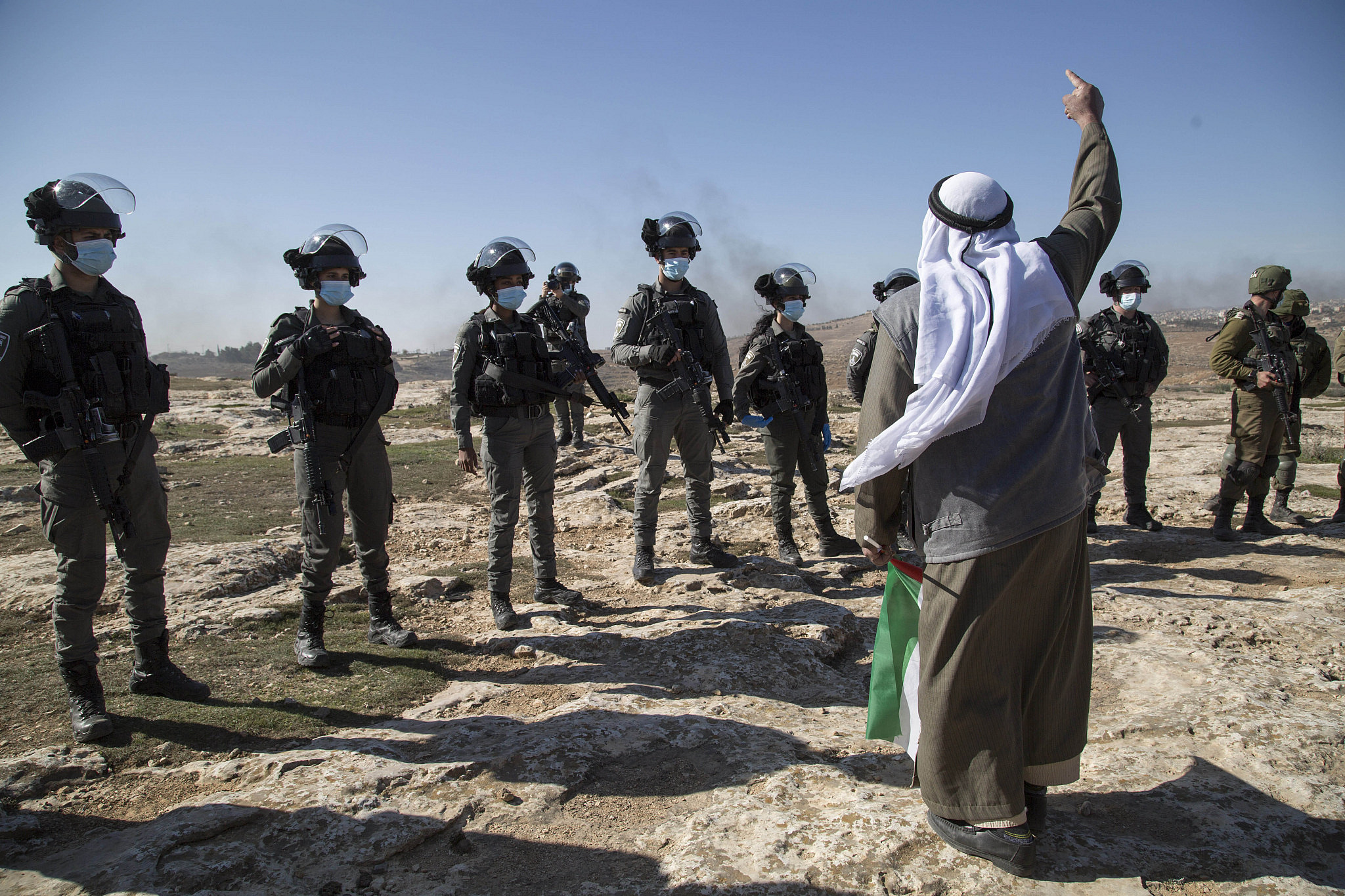
It is important to note that Israel is fully aware of its violations of international law in this regard. In fact, before he headed the Israeli Supreme Court, Meir Shamgar wrote in 1967 as chief military prosecutor that expelling Palestinians from their homes to create firing zones was illegal under international law:
In our opinion, a civilian population should not be evicted from the land in order to create a training area for the Israeli army. This is both for political and humanitarian reasons and for reasons connected with the provisions of international law. Article 49 of the Geneva Convention, to which Israel is party, explicitly forbids the forcible transfer of civilians in occupied territory, except in cases in which imperative military reasons necessitate it. In our case, it is not possible to claim that military reasons unquestionably necessitate the evacuation of areas designated as training zones, and as such, forcible transfer of the population from these areas would be a breach of the terms of the aforementioned treaty.
What pressures have the residents of Masafer Yatta faced from Israeli authorities in recent years?
Although there have been no direct expulsions since 1999, the residents of Masafer Yatta have faced incessant pressure to leave the area of their own accord. Since 2006, the human rights organization B’Tselem has documented the demolition of over 64 residential structures (home to 346 people) and 19 non-residential structures in these communities. As of April 2020, there are a further 455 active demolition orders for structures in Firing Zone 918, constituting almost all of the structures in the area.
The Israeli military also uses the area for training (without live ammunition, so long as the case is still pending), which causes damage to Palestinians’ land and property. For example, in February, 2020, the army held a major military drill outside the village of Jinbeh, one of the hamlets slated for demolition.
What impact do Israeli settlers have on local Palestinian residents?
The residents of Masafer Yatta have long been plagued by the encroachment of illegal settlement outposts and by settler violence. Parts of the Mitzpe Yair, Avigayil, and Havat Ma’on outposts are actually located inside Firing Zone 918, the latter expanded as recently as last spring.
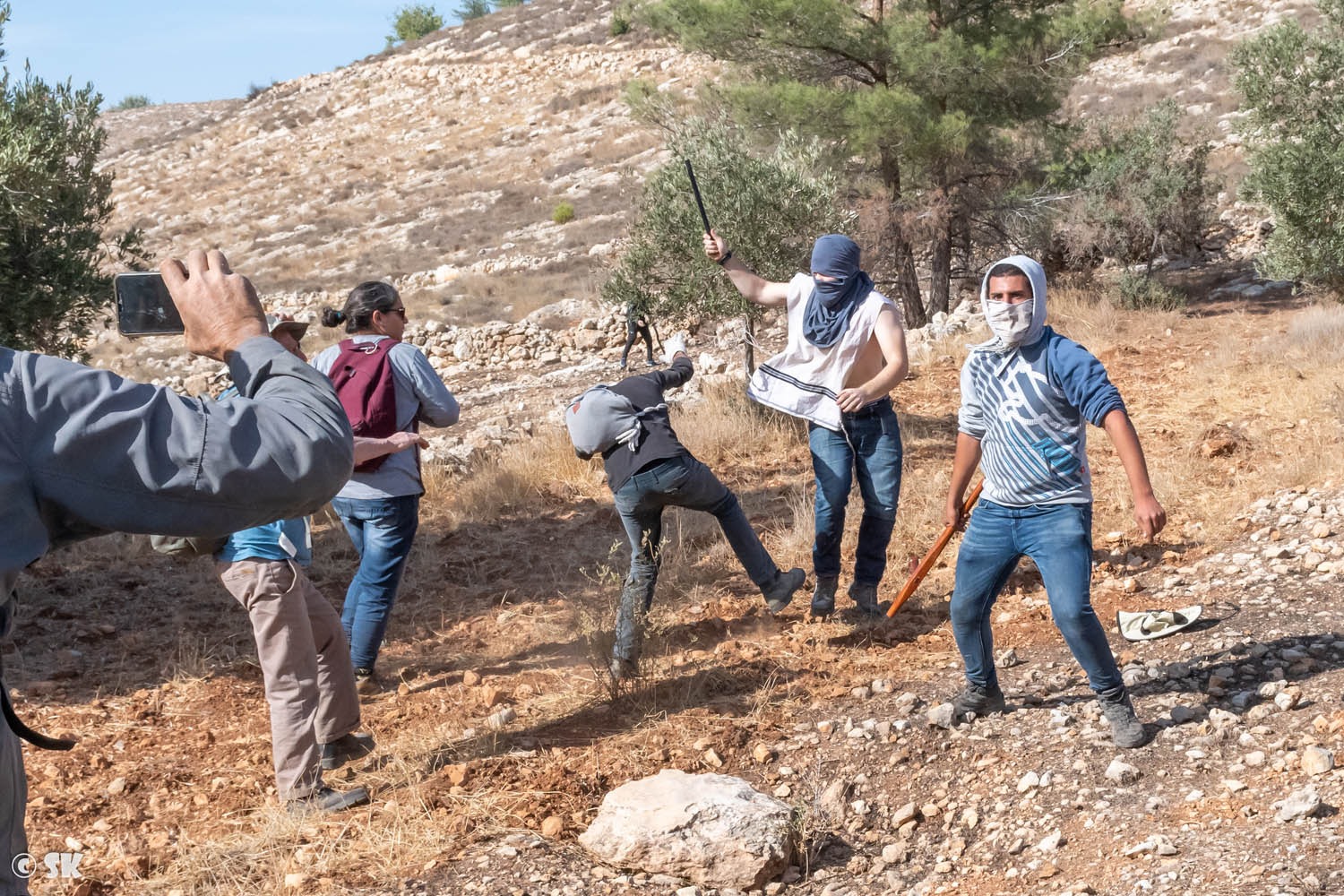
Palestinians living in Masafer Yatta describe intensifying settler attacks. Amid regular assaults and vandalism that occur when settlers descend on Palestinian villages from the outposts, the past year has seen some particularly brazen incidents. For example, on June 1, 2021, settlers burned an entire year’s worth of hay intended to feed sheep belonging to a Palestinian family in Tuba.
On Sept. 29, dozens of masked settlers launched a pogrom in Mufagara, during which they assaulted a Palestinian shepherd and slit the throats of three of his sheep before moving on to the village armed with guns, clubs, and stones. As settlers wreaked havoc inside the village, including sending a three-year-old child to the hospital with a fractured skull, the Israeli army was present but did not intervene. This attack in particular marked an escalation even for a community that has grown accustomed to its children needing army protection from settler violence when they walk to and from school every day.
What can people do to try and stop the expulsions?
A list of resources relating to Masafer Yatta is available at the #SaveMasaferYatta campaign’s website, where you can also sign up to receive updates on the struggle against expulsion.
Despite the unceasing expansion of Israel’s settler project, there are numerous examples of other Palestinian communities under serious threat of displacement and/or destruction that are still standing due to a combination of grassroots organizing and international pressure — whether Sheikh Jarrah, Susiya, or Khan al-Ahmar.
Written by Ben Reiff, Maya Rosen, Natasha Roth-Rowland, and Yuval Abraham.

